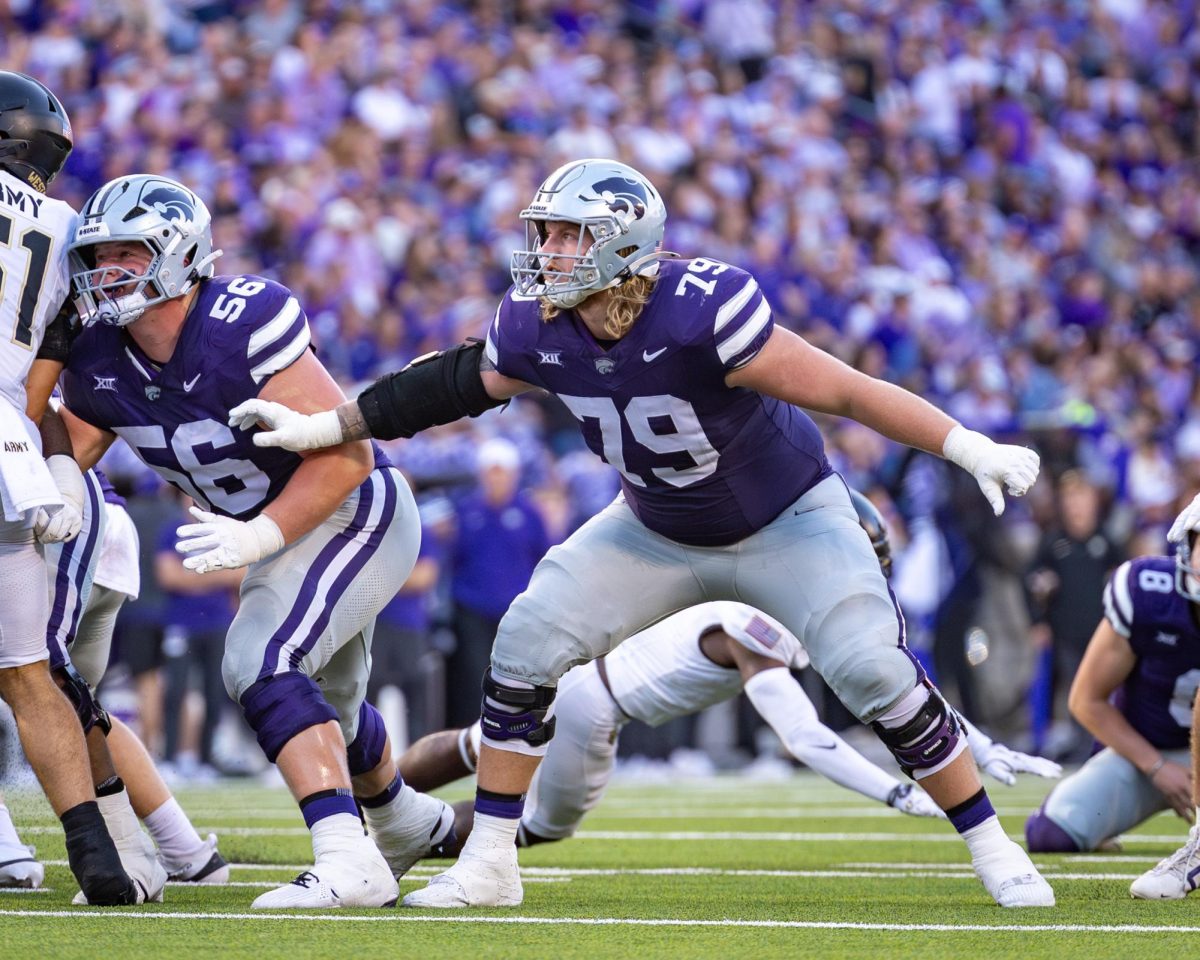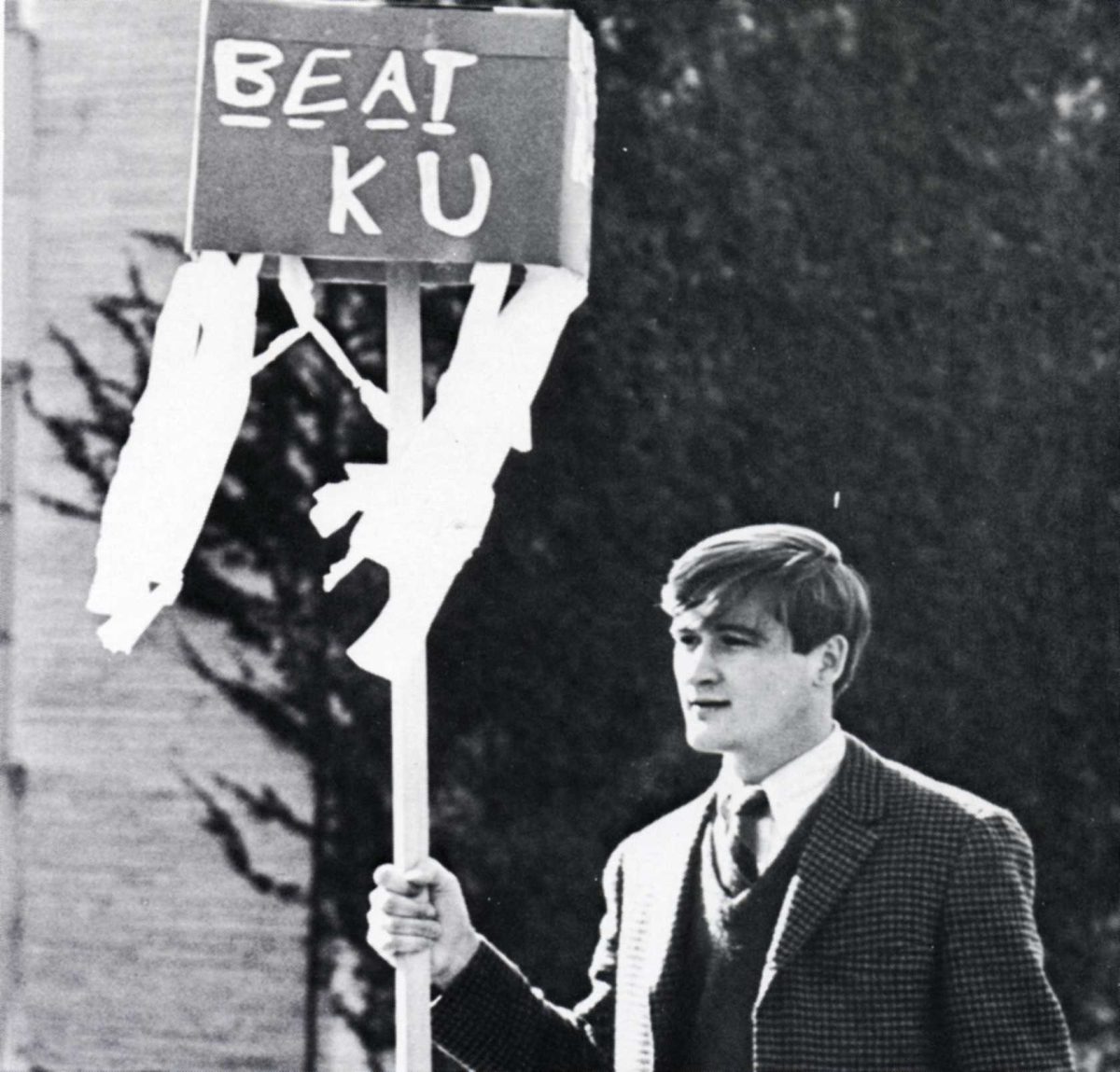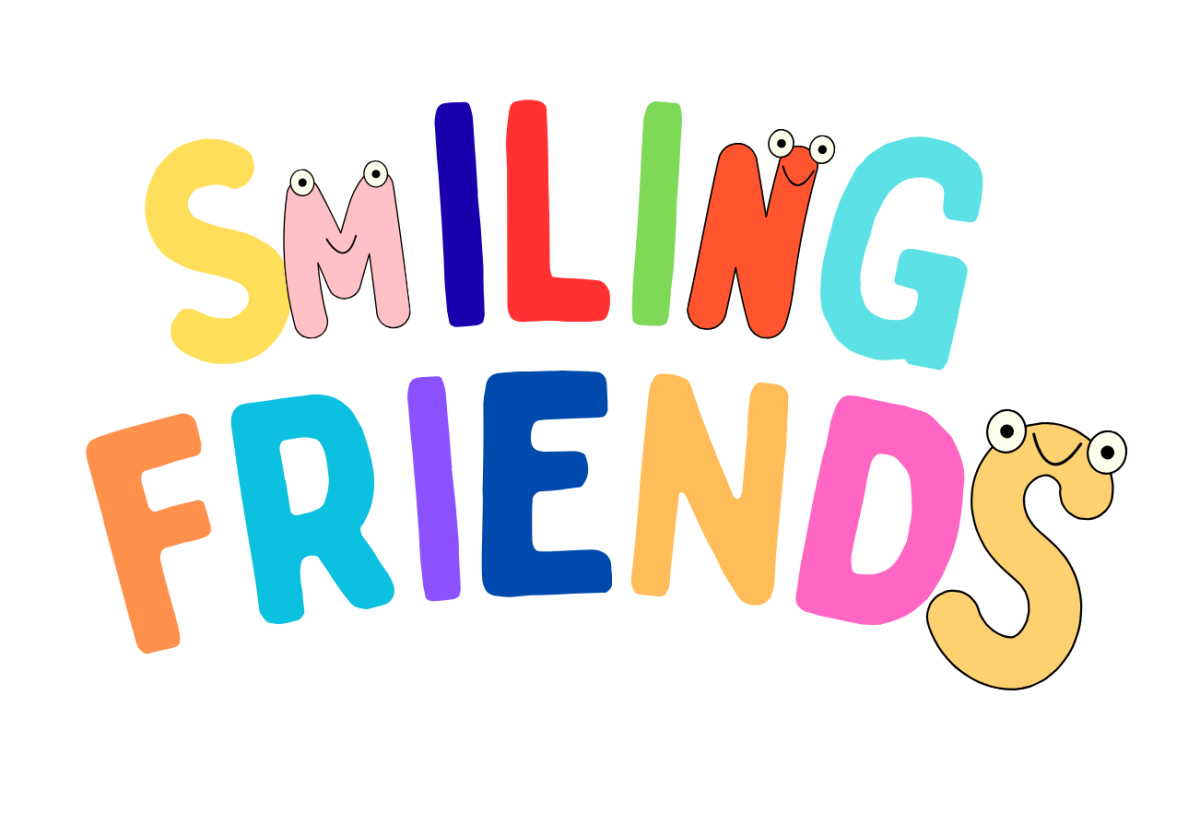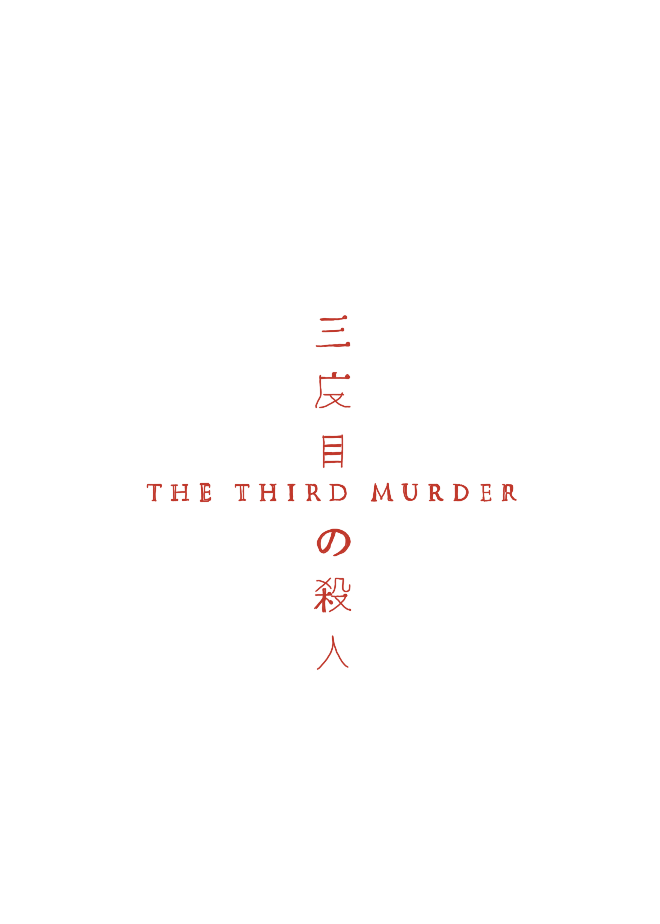An internship might be a great stepping stone to your dream job. An impressive internship CV is the first step in convincing an employer of your qualifications despite your lack of relevant work experience.
Reading Monster resume writing services reviews, you can find a well-known service that will help you with writing or editing your resumes. Learn what makes a good internship CV, how to write one and see a sample as a jumping-off point.
Internship Resumé: What Is It?
Since you may not have considerable professional experience, it’s essential to highlight your talents, education, and other assets on your internship resumé. Putting up a CV might be difficult since you may feel you lack relevant experience or skills. Writing your internship resumé, however, allows you to underline your qualifications and personality.
You may lack traditional job experience, but plenty of other valuable experiences have prepared you to be an asset to any firm. Take this time to reflect on your accomplishments, whether academic, voluntary, statistical, extracurricular or any other areas in which you have shown excellence.
How to Write One?
Follow these six guidelines, and you’ll have an attractive resumé ready to submit for an internship in no time:
Reach Out to Your Contacts
It’s a good idea to get the input of those who can guide your internship search, such as teachers, advisers, peers, and loved ones. Seek their guidance and if they are well-connected in the field you want to enter, inquire whether you may use them as your reference.
The people you already know might be a great resource for ideas on what to include in your internship application. They will likely have a firm grasp on your most valuable attributes and know how to pose your abilities and professional aspirations as unique advantages.
Create a Compelling Statement of Purpose
An eye-catching goal statement helps a potential employer to stand your CV out. Examine the internship postings of a few potential employers and make a list of the features they have in common with one another. They often look for candidates with definite abilities and use the terminology and phrases most often used to describe the position.
Be sure to include similar terms and abilities in your goal statement. Finally, write 1 to 3 lines summarizing who you are and what you want to accomplish professionally.
Your purpose statement should highlight your most marketable qualities in a few easily-remembered sentences. Consider tailoring your goal statement to each application you submit for maximum effect. This level of personalization and care is particularly advantageous for applications that don’t allow for a cover letter.
Lead with What You Have Best

Your finest credentials should come first in the resume’s structure. For example, your educational history will probably set you apart from other applicants. The transferrable talents you have gained from previous employment will be your most significant benefit if you switch careers.
If you don’t have a formal education or career history but still want to stand out, maybe your volunteer work or other special accomplishments can do the trick. You should highlight the aspects of your application that are most impressive right after your goal statement.
Provide Any Relevant Job Experience
It is more crucial to have job experience to demonstrate than it is to have work experience that is directly connected to the area you are applying to. Part-time employment in any industry, including fast food, may be used as evidence of your teamwork skills and strong work ethic.
You may also list odd things you’ve done regularly. Work experiences like babysitting, yard maintenance, and home cleaning for relatives and neighbors may demonstrate your reliability and enthusiasm for the job.
Don’t Forget to Add a Summary of Your Accomplishments
When a job history section isn’t possible, highlight your accomplishments instead. At this point, you may brag about accomplishments that will impress potential employers, such as honors you’ve received or special projects you’ve completed.
Remember to underline your accomplishments in any groups or extracurricular activities you mention here. Suppose you’ve published articles in the school newspaper or have some statistics you can share, for instance. In that case, you may say how many you’ve written and list the activities you experienced challenging solutions with.
Simple is Best
Internship providers anticipate applicants with little experience. So there’s no need to lie about your work history to get one. Do not exceed one page in length, and only mention extracurricular activities or accomplishments directly relevant to the internship you are applying.
If you’re applying online, your resumé design should be uncluttered and straightforward. Online applications often use applicant tracking systems (ATSs) to weed out candidates who don’t quite make the cut. The system may reject resumés with too complicated formatting even if the applicant meets all the requirements.
Final Tips
Finally, your resumé is complete. Well done! Make sure you have everything covered with these last suggestions before sending it off:
- Send a cover letter along with your resumé. Do cover letters make a difference? Read our in-depth article on internship cover letter writing for tips on making your CV stand out from the crowd.
- Use the PDF format before submitting. Submit your resumé as a PDF rather than a Word document when the time comes. If you want to ensure your resumé looks great when an employer views it, convert it to PDF.
Finally, that’s all there is to it! The key to landing an incredible job or internship, whether it’s remote or in-person, is a resumé that sells you as an applicant. Make your CV sparkle in the real world now!






























































































































